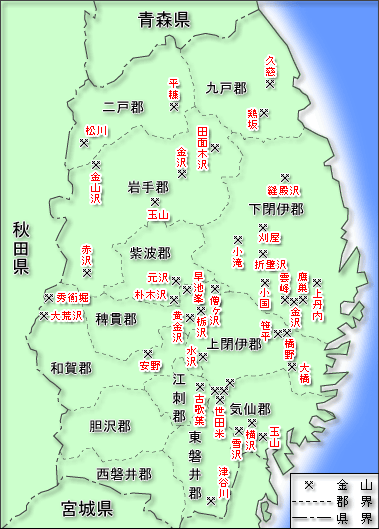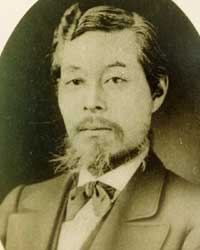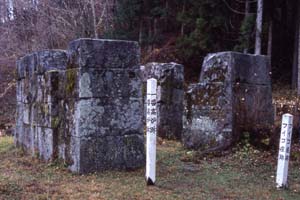The development of cities during the Edo period increased the demand for seafood, such as food, fish and fish oil. In addition, in the foreign trade under the border of Japan, nagako (shrimp), dried sea bream (hoshi abalone), nagasaki (shrimp), and so on (timbered fins) are representative export products. Morioka and Hachinohe which have a rich Sanriku Sea and merchants of Sendai are also incorporated into the collection of goods through the Edo wholesale store, but among them, Maekawa of Morioka Okichiri-kichiri village (Kirikirimura, Oyodo-cho) It is famous for Zenbei (Maekawazenbei, commonly known as Yoshizato Yoshizato Benbei).
The Maekawa family moved to Yoshiri Yoshizato in the early modern era, and it is thought that it will be the later years of the first archeologists (Jiemon) to start working as a merchant in the production area. In the second generation Zonbei Tominaga (Tominaga) of the Genroku period (1688 to 1704), it became a tow boat wholesaler (kaisendonya), and fish, salt, soybeans, red beans, etc. in the Hui area. Will be exported to The three generations Zenbei Ayutomo (Sukemo) is active in the Kyobo period (1716 to 36), and the Basho calendar period (1751 to 64) from the extended enjoyment period (1744 to 48) of the Four Generations Zembei Tomimasa (Tomimasa) The Maekawa family is at its heyday, and in 1754, it receives 7,000 commissions as a privileged merchant. In addition, during the Meiwa period (1764 to 72), in conjunction with Taheiji Okada and Sanji Tomonaga who ruled the Nagasaki gift, there were Miyako and Otsugu of Hachinohe territory and Morioka territory. A huge wealth can be obtained by buying and collecting a large amount of dried sea bream and dried apricots and transporting them to Edo and Osaka. If Yoheiji Kuroki becomes a good model manager in place of Taihei Osamu who died of disease in May 1 (1768), he will proceed with larger-scale transactions, but in the following year postponed the payment of 700 parcels for payment I have a problem. As a result, the Maekawa family's business fell into sluggishness, and in Tenmeigen (1781), the collection of artifacts in the closed region was replaced by the Izumiya in Miyako, and the Maekawa family fell.
In the modern-day Iwate's ironmaking, villagers in Osaika-gun, Fujii-machi (Fujisawa-cho) went to Binaka (Okayama Prefecture) to learn iron-making technology. In addition, it is said that the origin was that steel production was started in Oyodo-mura where the engineer was invited. After that, the technology of Sendai Sakai spread throughout the area, and at Morioka Sakai, an iron and steel industry was established in Haei and Kunohe counties. Among other things, Kuchinohe County has greatly developed as a center of iron making in Morioka, and it will be exported to Sendai and Edo after the late 18th century, etc. Grow up to
Modern steelmaking was built in Ansei 4 (1857) by Fujioka Morioka and Oshima Takato, who built a blast furnace at Ohashi Doko Koshimura Ohashi, Japan's first iron casting iron Began to produce one). Kamaishi, which was blessed with high-quality iron ore, forest resources as a material for making coal, and the water flow that became the power source for water turbines that operated the blower, became a precursor of iron production from the blast furnace.
Iwate's Cultural Information Encyclopedia (Iwate's Mine History: Kanayama Development at Morioka Sakai )



